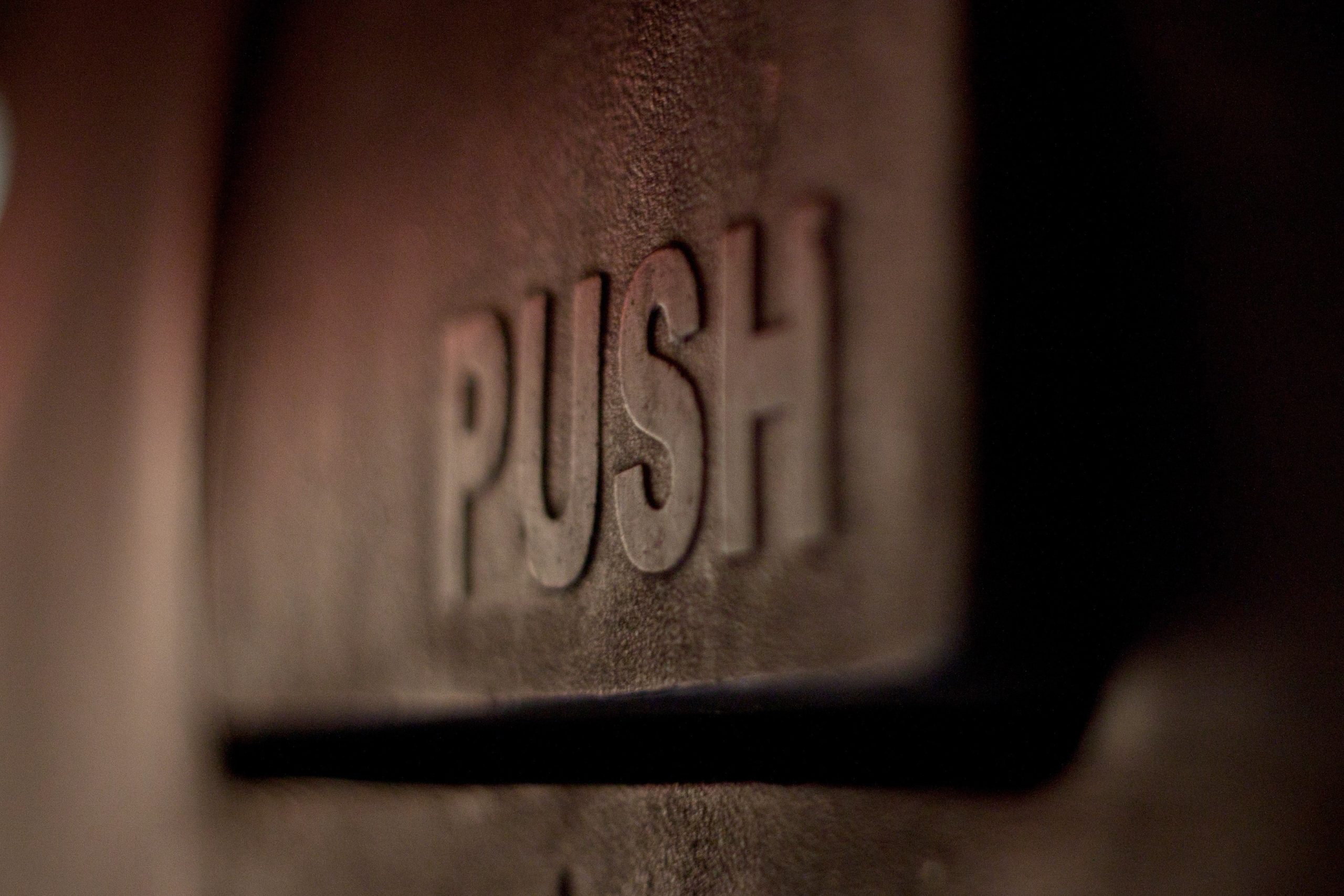
7 Customer experience related predictions for 2023
January 20, 2023
Turning the unamazing into the amazing
January 30, 2023What the heck is Relative Attractiveness and why it matters? – Interview with Richard Hammond of Uncrowd
Today’s interview is with Richard Hammond, co-founder and CEO of Uncrowd, the innovative enterprise SaaS experience analytics platform that helps organisations grow market share by revealing their Relative Attractiveness versus competitors.
Richard joins me today to talk about Friction/Reward, the last three years, how their thinking has evolved, Relative Attractiveness and how RA can help organisations understand their NPS and CSAT outcomes.
This is also the 12th anniversary episode of my podcast.
Richard is a friend of the podcast and a contributor to my latest book, Punk XL.
Disclaimer: I made a small investment in Uncrowd at their seed stage.
This interview follows on from my recent interview – Customer journey orchestration made easy – Interview with Mark Smith of CSG – and is number 453 in the series of interviews with authors and business leaders that are doing great things, providing valuable insights, helping businesses innovate and delivering great service and experience to both their customers and their employees.
NOTE: A big thank you goes out to the folks at TextExpander for sponsoring this episode of my podcast.
TextExpander is an auto-complete tool that allows your team to eliminate repetitive typing and stay on the same page with just a few keystrokes allowing you to delight more customers in less time.
Click here or on the banner image above to find out more and to get a 20% discount for the first 12 months of TextExpander if you use the code: SWINSCOE
Here are the highlights of my chat with Richard:
- Ucrowd is essentially the only customer analytics tool that’s able to not only give you a measure, with causality, of satisfaction but also to show you exactly the same data across your rivals.
- Richard’s been on the podcast before.
- Relative attractiveness is an evolution of the Friction/Reward concept. We haven’t really moved very far away from the original principles. What we’ve done, if anything, is back fill some of the hypotheses around that original position with experience and facts.
- One of the things that we’ve learned in the last four years of startup life is that most startups are about being right about something for a long time.
- Almost all human decision-making is largely unconscious, although people like Danny Kahneman and Amos Tversky hate the idea of calling it unconscious. It’s not unconscious. It’s part of consciousness, but it’s not necessarily at the front of thought.
- Everything is a combination of what is the effort that I have to go through to do X versus what I get back from doing so. Most of life is a series of answers to that question.
- For example, things you go through include things like queuing and wait times, but also includes searching and finding things and how much you trust that retailer, say.
- Exercise:
- Take the back of an envelope and write down the five biggest things that get in the way of your customers.
- Then write down the five things that most customers get from shopping, working or transacting with you.
- Look at each one of those and give each one a score out of 10.
- Then do the same thing for your two closest rivals.
- Do it honestly and add up the frictions and then add up the rewards and take the rewards from the frictions and that will give you your total friction score.
- You might be left with a positive score for you, but if your rivals score is higher, they are relatively more attractive than you.
- That’s the key. Relative attractiveness.
- A lot of organisations, particularly retailers, measure their progress versus themselves.
- In the past, it’s been very difficult to get the same data points from your competitors as you get from yourself.
- Because of our process and methodology (which Richard gives away in his Friction/Reward book), we’ve ended up building all that data.
- We’ve sort of become a bit like a GfK for experience data.
- For example, we have the most comprehensive set of data on the mainstream apparel market right now.
- We’ve also accidentally done the largest sizing survey in the UK in the last 20 years.
- It’s just part of our data capture process and all of our data capture is done covertly.
- Our researchers don’t know who they’re working for. We just ask them to go and make tiny observations. They are never asked for their opinion. We are not gathering a view or feedback. We break it all down into hundreds of tiny little moments of observation.
- It’s not. Was this good or was this bad? It’s not subjective.
- It is. Did this thing exist? If it existed, what forms did it exist in those forms? How much or how little of it was there.
- If you get that small enough and granular enough that you can build up very complex, elegant pictures from it.
- This is complementary in lots of ways to NPS.
- If I really want to shift the needle on NPS because the number means something, then adding causality to that would be really useful.
- The problem with human beings is our memory is contextual, so our recall of an experience, changes according to the context in which we’re recalling it.
- Our data is neutral, it just tells the truth and that at times is actually really challenging because you can’t build a bullshit narrative around it.
- For many brands we are becoming a bit of a secret weapon.
- We actually offer we offer a rebate on our fees (8%) if any of our customers will allow us to use their logo and their name in public-facing case studies. And almost none of them have allowed us to do that so far because they say we don’t want people to know that they know the truth. So it costs them 8% more to work with us to keep it secret.
- Things never change as dramatically as people say they’re going to change. We have broadly reverted to the mean as a species broadly post pandemic.
- You’ve got to make mistakes to learn. It hurts your heart when you make mistakes, but it’s then how you deal with them and what you do to learn from them that I think makes the crucial difference.
- Richard’s Punk CX word(s): junk the past.
- Richard’s Punk XL brand: Independent shops.
- In a hurry? Check out Uncrowd’s six best bits from this conversation.
About Richard
 Richard Hammond is the co-founder and CEO of Uncrowd – the innovative customer experience analytics platform that helps organisations grow market share by revealing their CX performance relative to their competitors. Richard is the leading global authority on the Relative Attractiveness theory, friction and reward in retail, and also the author of two best-sellers: Smart Retail: Winning Ideas and Strategies from the Most Successful Retailers in the World, and Friction / Reward: Be Your Customer’s First Choice.
Richard Hammond is the co-founder and CEO of Uncrowd – the innovative customer experience analytics platform that helps organisations grow market share by revealing their CX performance relative to their competitors. Richard is the leading global authority on the Relative Attractiveness theory, friction and reward in retail, and also the author of two best-sellers: Smart Retail: Winning Ideas and Strategies from the Most Successful Retailers in the World, and Friction / Reward: Be Your Customer’s First Choice.
Richard has spent his whole career thinking about why customers love some retailers and hate others – and he has answers!
Find out more about Uncrowd here, say Hi to them and Richard on Twitter @UncrowdUK and @TheseRetailDays respectively and do connect with Richard on LinkedIn here.
Photo by Vadim Bogulov on Unsplash





